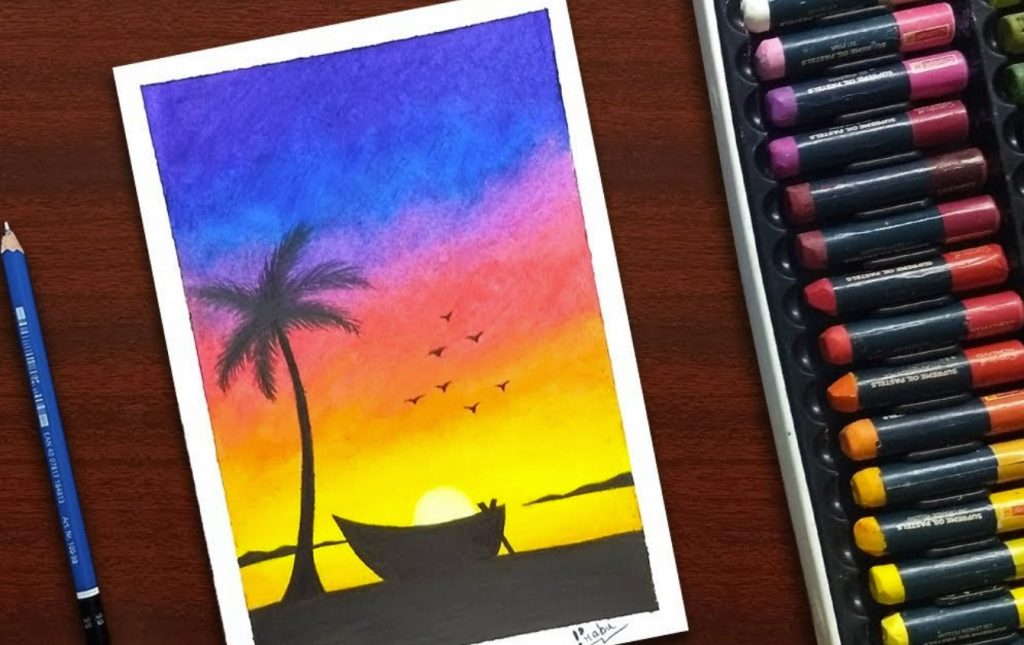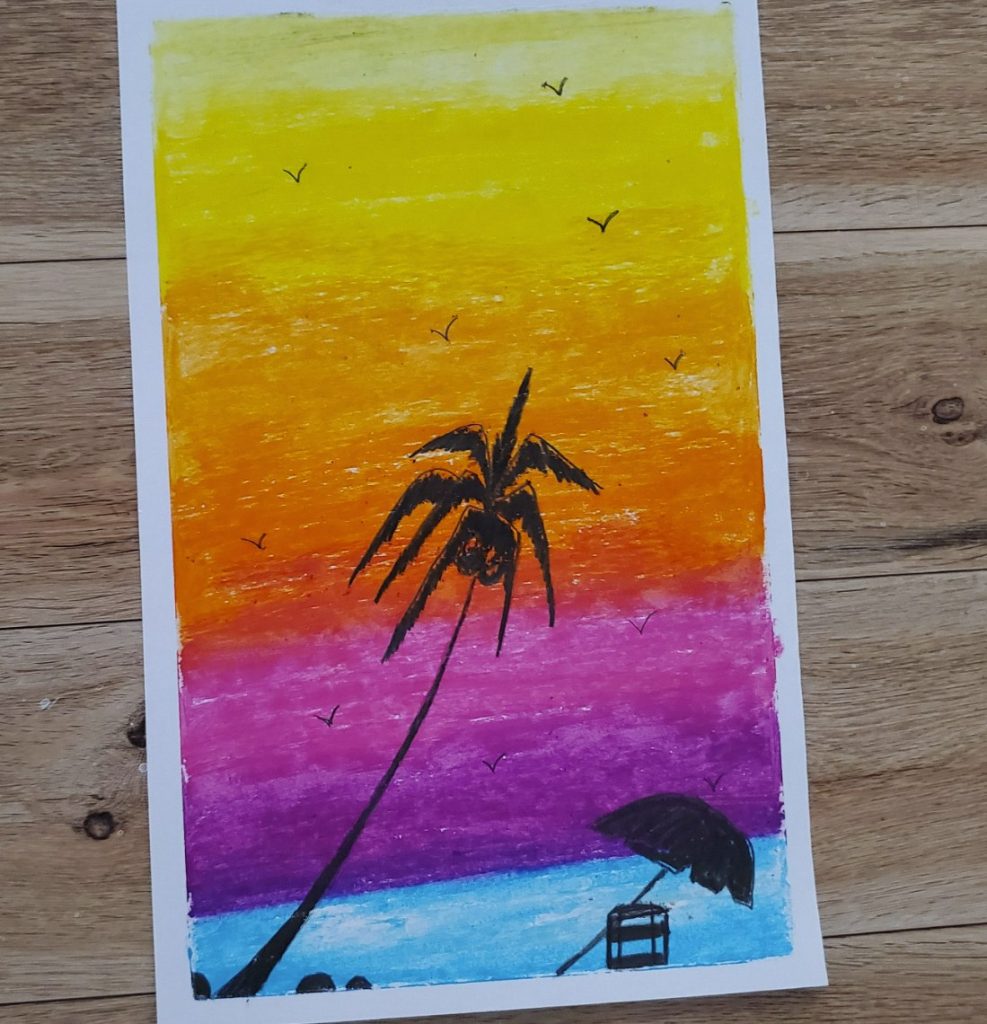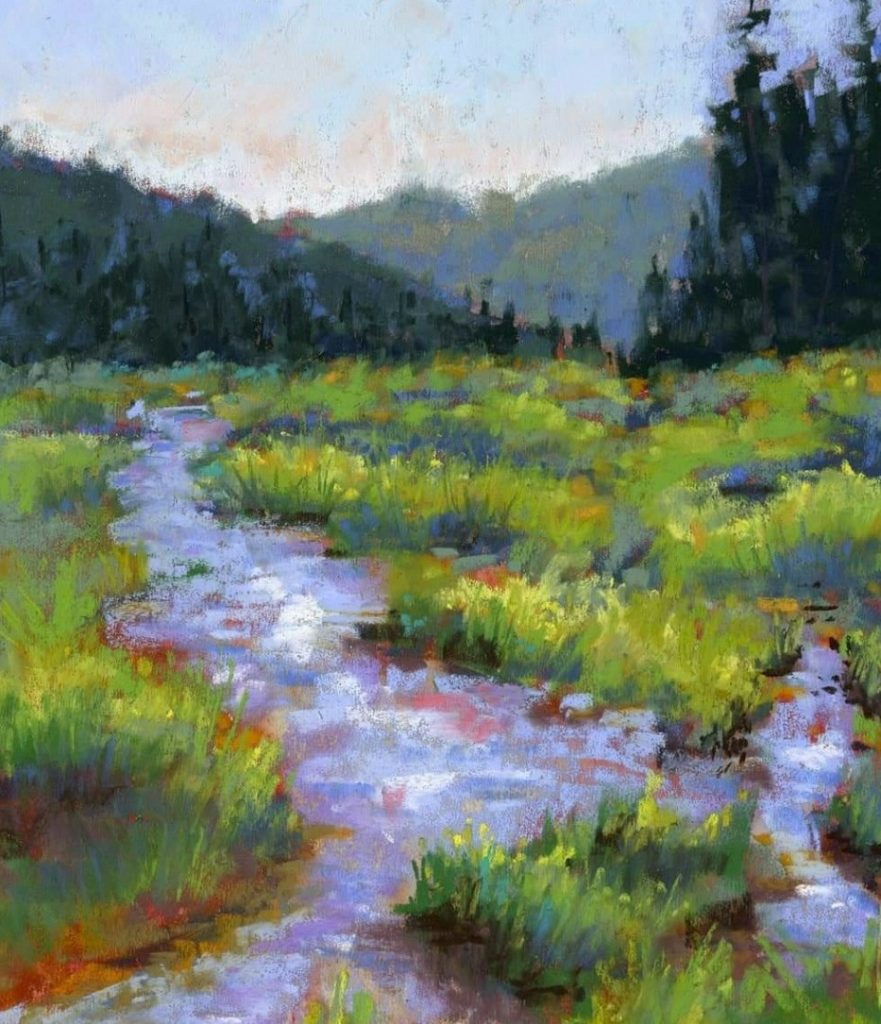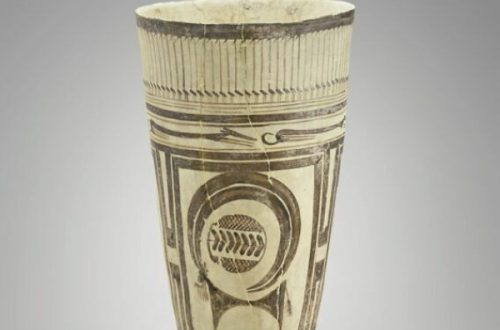Oil pastel crayons, with their unique blend of waxy texture and vibrant pigments, offer a delightful introduction to the world of art. Unlike traditional crayons, oil pastels allow for richer color application, smoother blending, and the creation of captivating textures. This guide delves into four key aspects to explore the textural and depth-building potential of oil pastels.

Part 1: The Magic of Layering and Blending
Building Color Richness:
Oil pastels excel at creating depth and richness through layering. Unlike paint, which mixes on a palette, oil pastels require applying light strokes of your chosen color initially. Gradually build subsequent layers to achieve deeper, more vibrant tones. This layering approach allows for greater control and prevents colors from becoming muddy or overworked. Begin with lighter colors, like highlights and backgrounds, then layer darker shades for shadows and foreground elements.
Unlocking Blending Techniques:
Blending is the cornerstone of creating smooth transitions and depth in your oil pastel artwork. Utilize various tools and techniques to achieve the desired effect. Apply broad strokes with the side of the pastel for large areas, creating a soft, blended base. Leverage the pointed tip for finer details and precise lines. Explore blending with your fingers for a natural, softer finish, or utilize a blending stump for smoother transitions between colors. Experiment with layering different colors and partially blending them to create unique, multi- tonal effects.

Part 2: Unveiling Textures with Scumbling and Hatching
Scumbling for Textural Delights:
Scumbling is a technique that adds an engaging textural dimension to your artwork. When employing this approach, envision drawing delicate, fine details such as tiny hairs or wisps of smoke. By holding the pastel flat against the paper and making short, light strokes in a variety of directions across the designated area, you can create a compelling and tactile texture. This versatile method lends itself well to a range of artistic subjects, making it ideal for bringing to life various elements such as fur, grass, clouds, and even weathered surfaces on buildings. Through the use of scumbling, artists can infuse their compositions with depth, movement, and visual interest, offering a level of detail and realism that enhances the overall impact of their artwork. This technique adds a layer of complexity and nuance to the portrayal of textures, elevating the expressive potential of oil pastels in the artistic process.
Hatching for Depth and Dimension:

Hatching utilizes parallel lines of varying thickness to build tones and create a sense of depth in your artwork. Experiment with different colors of pastels to achieve a more dynamic result. Straight lines create a formal look, while curved lines offer a softer, more organic feel. Hatching is ideal for adding shadows, details on objects, or creating patterns like brick walls or woven baskets.
Part 3: Exploring Surfaces and Resist Techniques
Unearthing the Potential of Different Surfaces:
The choice of surface for your oil pastel artwork plays a pivotal role in determining the final texture and visual impact of your piece. Experimenting with a diverse array of surfaces beyond traditional smooth pastel paper can yield intriguing results. For example, textured watercolor paper can lend a more organic and blended aesthetic to your work, adding depth and character. Similarly, exploring canvas as a surface for oil pastels can imbue your artwork with a more painterly effect, allowing for greater expression and artistic freedom. Furthermore, consider branching out to unconventional surfaces such as wood or metal, where oil pastels can adhere and interact in distinctive ways, opening up the potential for creating unique mixed-media artworks. By embracing this versatility and exploring an array of surfaces, artists can expand their creative horizons and unlock fresh opportunities for self-expression within their oil pastel compositions.
Exploring Resist Techniques:

Resist techniques can open up exciting possibilities for adding unique textures and patterns to your oil pastel art. One way to apply this technique is by incorporating a layer of white oil pastel or wax crayon onto your paper before adding color. This creates a resist effect, where the areas covered with the resist medium repel the oil pastels, resulting in captivating patterns and negative space effects. Additionally, exploring resist techniques using stencils or masking tape can yield visually dynamic and intricate patterns within your artwork. Whether it’s creating intricate designs or playing with various textures, resist techniques offer an avenue for artists to experiment and push the boundaries of their oil pastel compositions. By embracing this approach, artists can unlock a spectrum of possibilities for adding depth, visual interest, and creative nuance to their artwork, demonstrating the versatility and expressive potential of oil pastels.
Part 4: Experimentation and Creative Exploration
Embrace the Journey of Exploration:
Artistic expression is a boundless journey enriched by experimentation and discovery. Embracing this spirit means fearlessly stepping outside your comfort zone and venturing into unexplored artistic territories. Experiment with bold and unconventional color combinations, delve into techniques such as scraping or burnishing to create unique textural effects, and explore a diverse range of subjects to ignite your creative spark. By pushing the boundaries of your artistic practice, you can unlock new dimensions of self-expression and artistic depth. The key is to approach these endeavors with a sense of curiosity and excitement, allowing yourself the freedom to make unexpected discoveries about your artistic preferences. Through this process, you’ll unravel the artistic expressions that resonate most deeply with your inner creativity. Embrace the exploration, and let it guide you towards a deeper understanding of your artistic voice and the endless potential for creative evolution.

Practice Makes Progress:
Like any artistic skill, mastering the textural potential of oil pastels requires dedication and practice. Set aside some time each day or week to explore and experiment. The more you practice layering colors, blending techniques, and incorporating different surfaces and tools, the more comfortable and confident you’ll become with this versatile medium. Remember, there are no mistakes in art – only opportunities to learn and grow your artistic voice.
By embracing these four key aspects and fostering a spirit of playful experimentation, you can unlock the full potential of oil pastels and create captivating artwork bursting with texture, depth, and vibrant color. So grab your oil pastels, unleash your creativity, and embark on a journey of artistic exploration!





